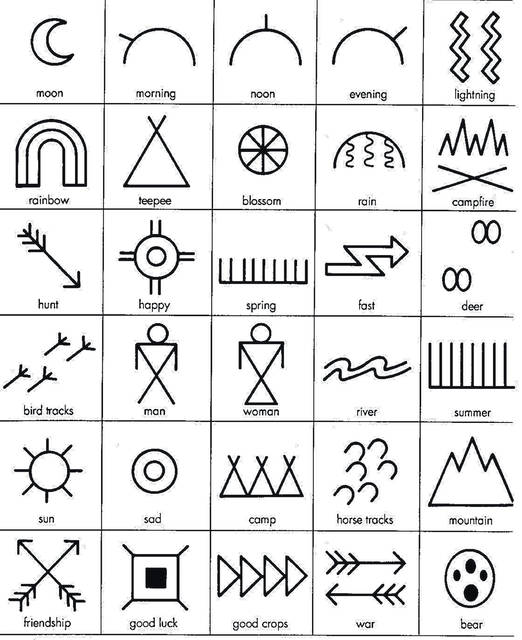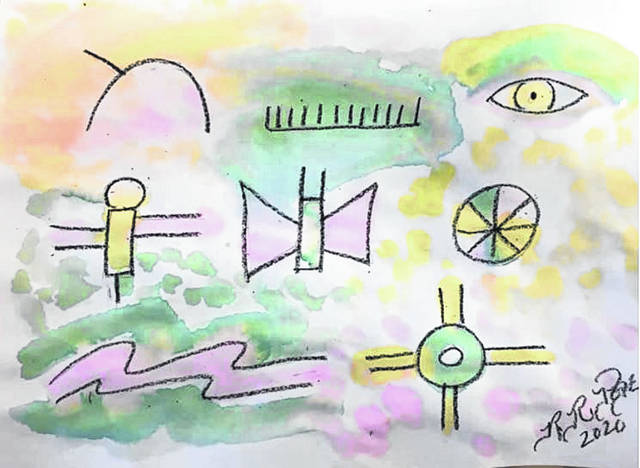

November is Native American Heritage Month, a time to recognize and honor our Native Americans, our Indigenous People. Many Native Americans live in each of our states. There are 574 federally recognized tribes, like the Cherokee, Sioux, Apache Navajo, and Creek.
Ohio is home to several tribes: Shawnee, Iroquois, Wyandot, Chippewa, Ottawa, Delaware, Miamis, and Mingos. I bet you have heard some of these Ohio tribal names before; we have universities, rivers and landmarks named after them.
So for the final craft of November, we will focus on Native American symbolism and story telling.
The YouTube video, “Native American for Kids | An insightful look into the history of the Native Americans,” will help you learn more about our native peoples.
Prior to the colonization of our country, just a few Native American tribes had a written language. Other tribes had an oral tradition where the language and the history of their people were passed on in spoken stories and tales. Some tribal groups, in addition to their oral tradition, had a language based on pictures called Petroglyphs or Pictographs.
There are several famous Petroglyphs found on the side of a cliff in Utah called “Newspaper Rock.” To view a beautiful recording of “Newspaper Rock,” check out this Vimeo video — “Travel for Kids | Newspaper Rock Petroglyphs.”
Now let’s have some fun and make an artwork based on some common Petroglyphs!
Materials
-Paper (thicker paper is better if you use paint)
-Pencil
-Black crayon
-Crayola markers or water-based markers
-(Optional) watercolor paint, water cup, paper towels and brush
I found a group of Petroglyphs in a lesson from the School@Home website. If you go to the site and click on the picture of Petroglyphs (symbols) it will open up a larger page which will be easier to look at while working. The website can be found at www.schoolathome.blogspot.com/2008/03/if-you-lived-during-trail-of-tears.html.
Steps
First, draw out the Petroglyphs you want to use with a pencil. I used several Petroglyphs on my page to tell a story and added one picture of my own.
Once your Petroglyphs are drawn, trace over the finished pencil lines with a black crayon. Then color over the crayon with markers or paint lightly with watercolors. You can also use the markers first and go over the markers with a wet brush to make it look like paint! The crayon will “resist” the paint or marker and show through!
Follow-up questions
-Did I tell a story with my Petroglyph artwork?
-Why did some Native American people make Petroglyphs?
-Do you know anyone who is a Native American?



